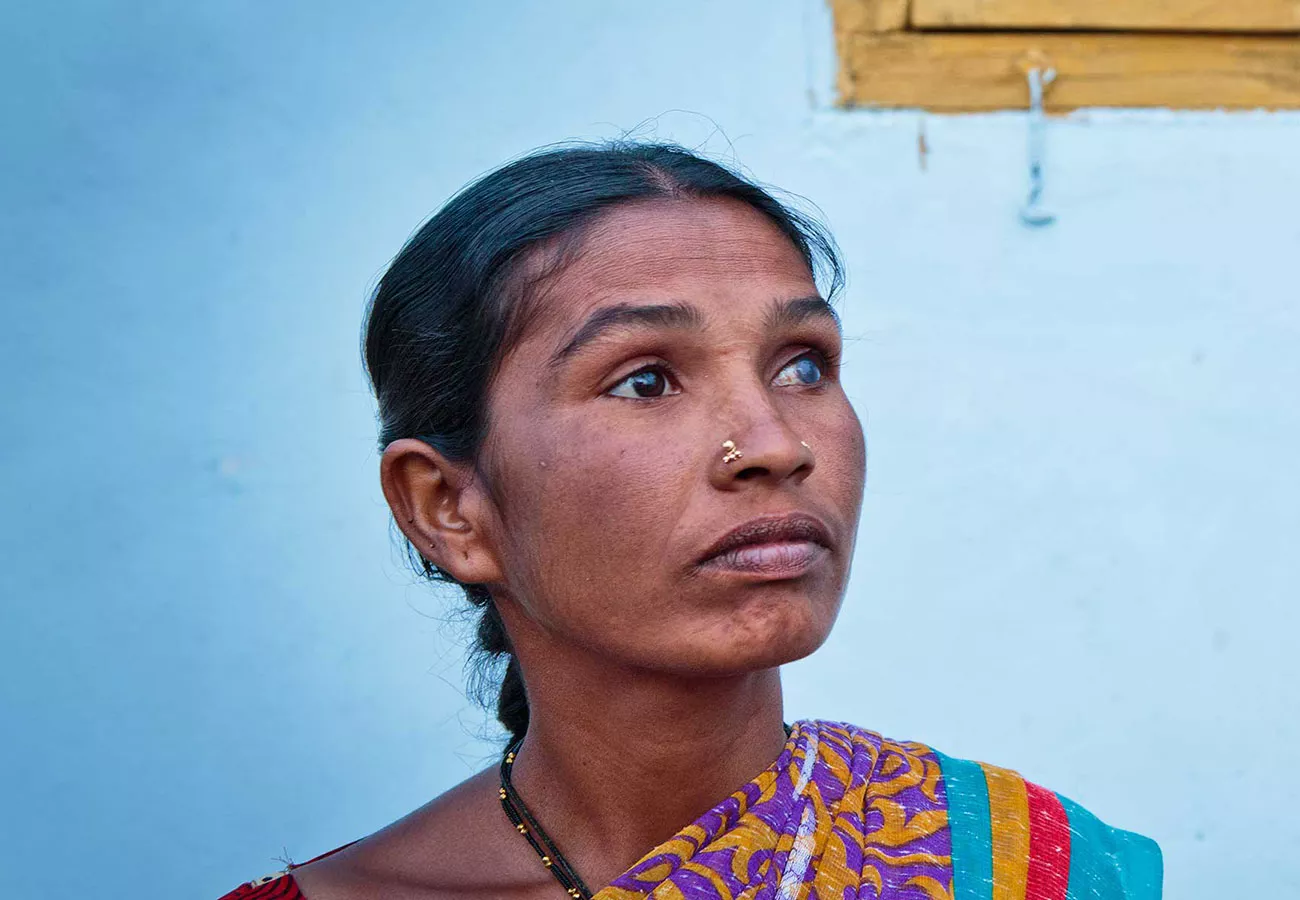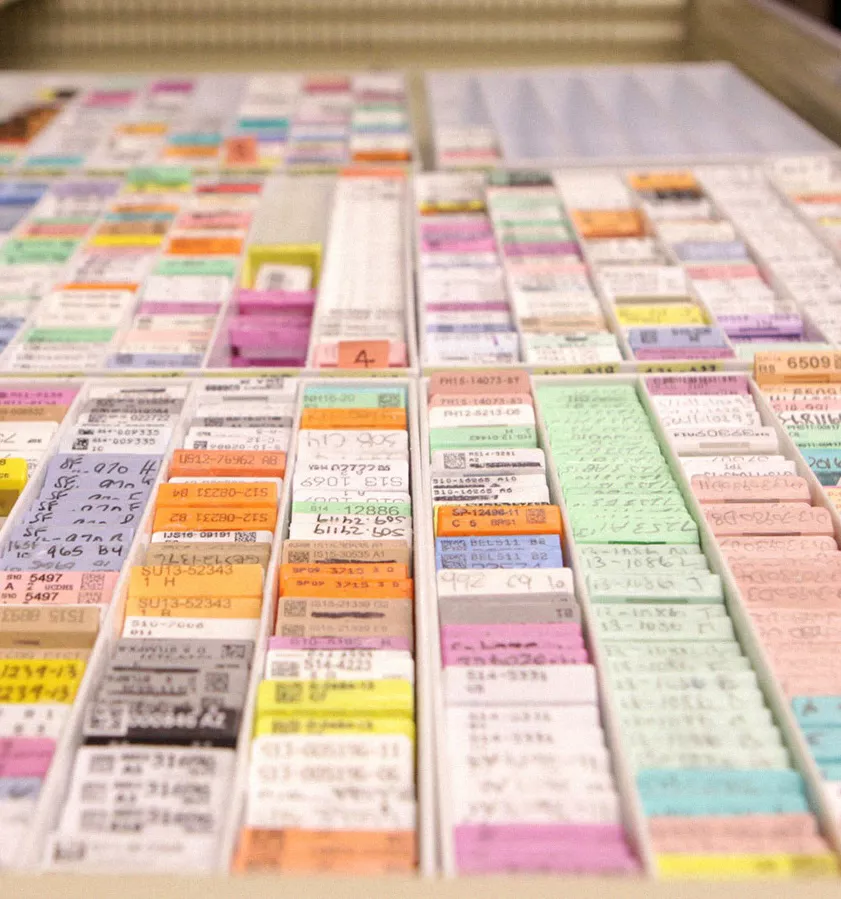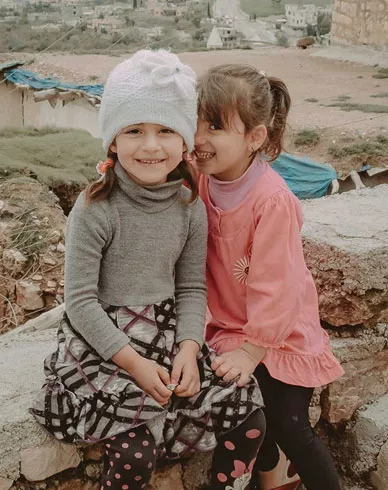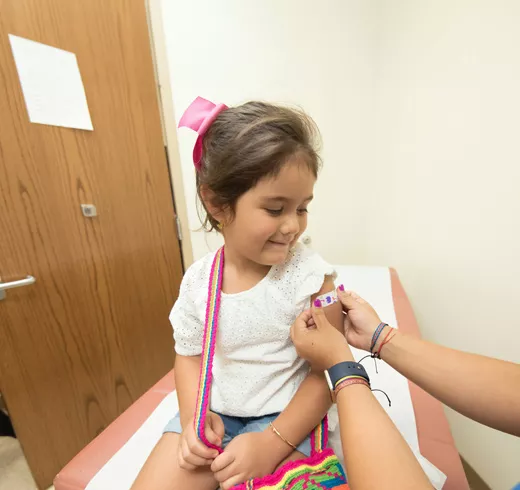SightLife
Eliminating corneal blindness by 2040

At a glance
Right now, 12.7 million people around the world are living with corneal blindness, a condition that’s preventable and curable with the right care. But with 98% of those people living in developing countries, many don’t have access to treatment. SightLife and Slalom are working together to change that.
Impact
We developed an AWS-based solution that will enable SightLife to collect, store, and process data across its global programs. SightLife will use Microsoft Power BI dashboards to visualize the data and gain insights quickly.
Key Services
Industry
Healthcare provider
Key Technologies / Platforms
- Amazon Web Services (AWS)
- Microsoft Power BI
A global challenge
You know that feeling when you have an eyelash in your eye? Imagine that feeling, but it won’t go away. The pain gets worse, so you go to the doctor and discover your cornea is scratched. Your doctor prescribes some antibiotic ointment, and soon you’re healed.
For people in low- and middle-income countries, it’s often a different story. When a factory worker in Sitapur, India, injures their eye, the closest medical facility may be several miles away—or they may not even know they need medical attention. A scratched cornea can lead to something much worse: infection, and eventually blindness. Without being able to see, a parent can’t work or care for their family, a child can't go to school. Corneal blindness creates a ripple effect, compounding stress and poverty in communities already facing a lot of challenges.
But most cases of corneal blindness are treatable, even preventable. Right now, millions are waiting for corneal transplants, and more and more injuries are progressing to blindness. Awareness and access to immediate care are key.
SightLife is a global health organization with a mission of eliminating corneal blindness by 2040. The organization is working to achieve this mission by creating sustainable eye care systems to prevent and treat conditions causing corneal blindness, ensuring that all patients have access to the corneal health services they need, when and where they need them. By partnering with hospitals, community health care workers, surgeons, and government officials, SightLife helps communities around the world build the capacity to manage local eye banks and treat and prevent corneal blindness.
A complex and sensitive process
Recovering donated tissue for transplants is complex, emotional, and time-sensitive. Eye donation counselors must talk to a grieving family—moments after their loved one’s passing—to retrieve the corneal tissue for donation. Technicians have to act within hours of a donor’s death to collect the tissue for the eye bank.
SightLife helps communities with this process from end to end—from policy and advocacy (like having mandatory death reporting to know when tissue is available), to preventative care to treat abrasions and infections, to surgical training and eye banking.
“We’re working to make sure everyone who suffers from corneal blindness has access to a safe and effective transplant,” said Josie Noah, Chief Global Officer at SightLife. “We’re also helping people get the treatment they need, so an eye injury doesn’t lead to blindness.”
From impact to scale
To eliminate corneal blindness worldwide in the next 20 years, SightLife is at a critical point: it needs to scale rapidly to new regions of the world to meet the demand for care.
In order to scale, SightLife needs to effectively tell its data-driven story to ministries of health and other government officials in new countries—about why corneal blindness is an urgent issue, the importance of eye banks, and the success SightLife has already had in seven countries—to build partnership and drive impact together.
“Data is a huge component of being able to tell our story, and provide evidence of the impact SightLife is making” said Noah. “Without it, we won’t be able to help those 12.7 million people as fast as we want to.”
SightLife and its global partners—from clinics in Ethiopia to eye banks in China—have been collecting data manually in Excel spreadsheets and paper logbooks. These time-consuming, manual processes limit SightLife’s ability to quickly garner insights from the data, make necessary changes, and tell stories of impact in an meaningful way. With so much time dedicated to data collection and processing, it’s been nearly impossible to meaningfully forecast and track progress against its goal of eliminating corneal blindness by 2040.
Seeing the challenges first-hand
Before our Slalom team created a solution, we wanted to immerse ourselves in a community that SightLife is helping, to deeply understand the challenges its global partners are facing. A group of cross-functional Slalom consultants traveled to Northern India (New Delhi, Lucknow, and Sitapur), a country where seven million people are currently living with corneal blindness. We spent two weeks meeting with SightLife’s New Delhi team, community health workers, eye donation counselors, and patients.
“We saw people who had traveled hundreds of miles to get to the clinic, in hopes of having a corneal transplant and being able to see again,” said Slalom Solution Architect Amanda Lintelman. “We carried that experience with us over the next few months while we created a solution—always thinking about how we could best help those people.”
We met with eye donation counselors who tracked cases on cumbersome paper forms between conversations with grieving families and trips to the morgue to retrieve corneal tissue. Surgeons training to perform corneal transplants provided valuable feedback via WhatsApp. Eye bank managers manually updated spreadsheets, documenting the quality of tissue received, where the tissue went, and how it will be used. All of this data was collected manually, reviewed, cleansed, consolidated, and finally reported to SightLife.
Human-centered design approach
After the trip to India, we took a human-centered design approach—prioritizing the people impacted by each challenge—to determine how to best help SightLife. Mapping SightLife’s end-to-end processes, we developed a needs assessment for the organization which we indexed and prioritized by level of effort, impact, and resources required.
We then developed an AWS-based solution that will enable SightLife to collect, store, and process data across its global programs. SightLife will use Microsoft Power BI dashboards to visualize the data and gain insights quickly.
We helped SightLife define, automate, and improve processes to save time and ensure accuracy. For eye banking, we created forms to digitize data collection and save hours in operations management. For policy initiatives, we created a framework to define success and measurable outcomes.
We also equipped SightLife with a business requirements document that outlines next steps for building a mobile app for community health workers.
These solutions will save SightLife employees and partners valuable time—accelerating their productivity and allowing them to focus on future strategy and scaling their impact.
Creating a brighter future, together
“Before we partnered with Slalom, we were at a point where we weren’t able to scale,” said Noah. “Now, with this data, we’ll be able to get more policies implemented, provide more treatment, and prevent more cases of corneal blindness around the world.”
As a result of our partnership, SightLife estimates that it will be able to end corneal blindness up to three months faster than its goal of 2040. Three months faster means approximately 140,000 fewer people having to live with corneal blindness.
That means children can go back to school, parents can go back to work, and people around the world can once again see the faces of those they love most.


